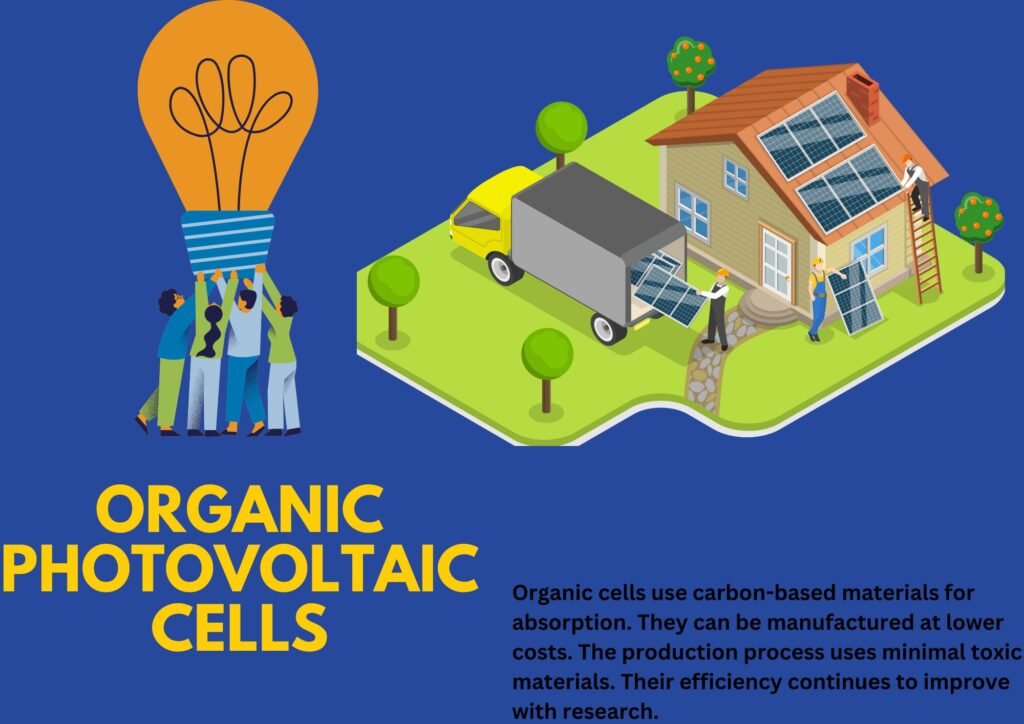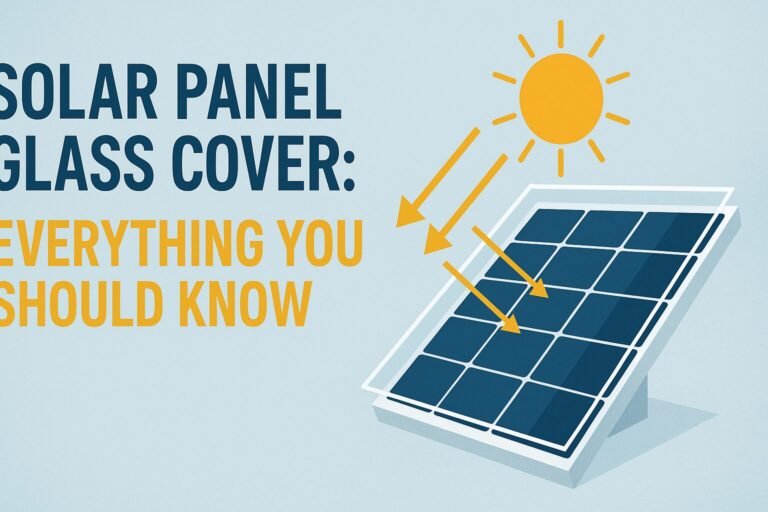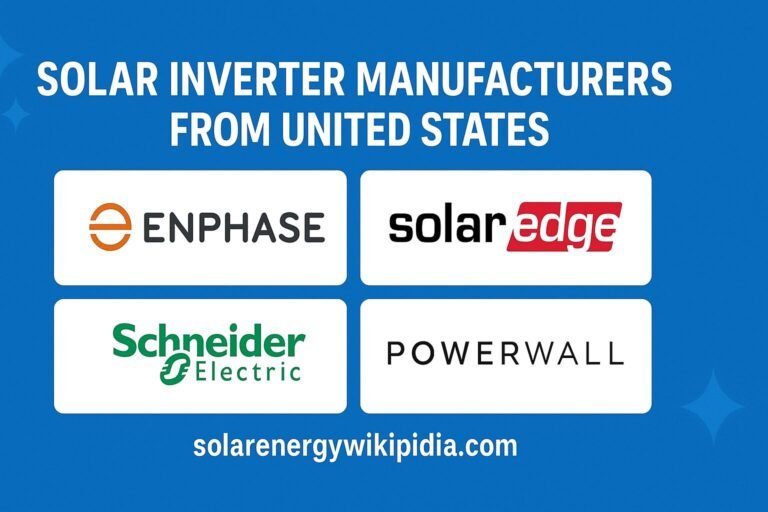
How solar panels generate electricity and harness the power of the sun to provide clean, renewable energy for your home or business.
Solar panels generate electricity by converting sunlight into usable power through a process known as the photovoltaic effect. When sunlight hits the silicon cells inside solar panels, it excites electrons, creating an electric current. The electricity is then converted by an inverter into alternating current (AC), allowing it to be used at home and in the workplace. This clean, renewable energy technology helps reduce dependence on fossil fuels and lowers electricity bills.
Table of Contents
The Basic Science Behind Solar Energy
Sunlight is converted into electricity by solar panels using the photovoltaic effect. This remarkable process allows us to harness the sun’s abundant energy.
The Environmental Benefits of Solar Energy
Solar energy reduces greenhouse gas emissions. It helps combat climate change. Unlike fossil fuels, it produces no air pollution. Solar panels work silently and cleanly.

Solar power uses almost no water resources. It creates many green jobs for communities. The technology keeps improving each year. With more solar installations, we can protect our planet for future generations.
In the future, solar panels will play a crucial role in energy production
Clean Energy Generation
Solar panels convert sunlight into electricity without pollution. They can be installed in homes and businesses everywhere. The technology becomes more efficient each year. Many countries are expanding their solar capacity rapidly.
Economic Benefits
Solar energy creates thousands of new jobs worldwide. The cost of panels has dropped dramatically over time. Homeowners save money with lower electric bills. Solar investments pay for themselves within several years.
Are Solar Panels Worth the Investment for Homeowners?
Solar panels reduce monthly electricity bills significantly. The initial cost is offset by long-term savings. Government incentives make installation more affordable.
Home value increases with solar panel systems. Many buyers prefer houses with renewable energy sources. The environmental benefits extend beyond financial considerations.
Types of Solar Panels Used for Electricity Generation
Monocrystalline Solar Panels
Monocrystalline panels are made from single silicon crystals. They have the highest efficiency rates available. These panels work well in sunny conditions. They often cost more than other panel types.
Polycrystalline Solar Panels
Polycrystalline panels contain multiple silicon fragments. They are more affordable than monocrystalline options. The blue color comes from their crystal structure. The efficiency of these panels is slightly lower than that of monocrystalline panels.
Thin-Film Solar Panels
Thin-film panels use very little semiconductor material. They are lightweight and flexible in design. These panels perform better in high temperatures. They require more space to generate equivalent power.
Bifacial Solar Panels
Bifacial panels capture sunlight from both sides. They collect direct light and reflected light. This design increases energy production significantly. They work especially well over reflective surfaces.
Building-Integrated Photovoltaics
BIPV systems replace conventional building materials. They look like normal roof tiles or windows. These systems serve dual purposes simultaneously. They provide both electricity and structural elements.
Concentrated PV Cells
CPV cells use lenses to focus sunlight intensely. They achieve very high efficiency ratings. These systems require direct sunlight to function. They often include tracking mechanisms for the sun.
Organic Photovoltaic Cells
Organic cells use carbon-based materials for absorption. They can be manufactured at lower costs. The production process uses minimal toxic materials. Their efficiency continues to improve with research.

These various solar technologies offer different advantages. Each type suits specific environmental conditions. The solar industry continues advancing rapidly. Homeowners now have many excellent options to choose from.
Conclusion: How Do Solar Panels Generate Electricity?
Sunlight hits the silicon cells in solar panels. The photons knock electrons loose from atoms. The movement of electrons produces an electrical current. The panel’s wiring captures this energy for use.
A device called an inverter converts the electricity to usable power. This clean energy then flows into homes and buildings. Solar panels work silently and need no fuel except sunlight.
FAQs
What is the basic principle behind solar panels?
Sunlight is converted into electricity by photovoltaic cells in solar panels. When sunlight hits these cells, it knocks electrons loose and creates an electrical current.
What material are most solar cells made from?
Most solar cells are made from silicon. This semiconductor material absorbs photons from sunlight and releases electrons.
Do solar panels work on cloudy days?
There is still electricity generated by solar panels on cloudy days. However, their efficiency is reduced compared to sunny conditions.
What’s the difference between DC and AC electricity in solar systems?
Solar panels produce direct current (DC) electricity. The inverter converts the square wave to alternating current (AC) for use in the home.
How long do solar panels typically last?
Most solar panels last 25-30 years. They gradually lose efficiency over time but continue producing electricity.






1 thought on “How Do Solar Panels Generate Electricity?”